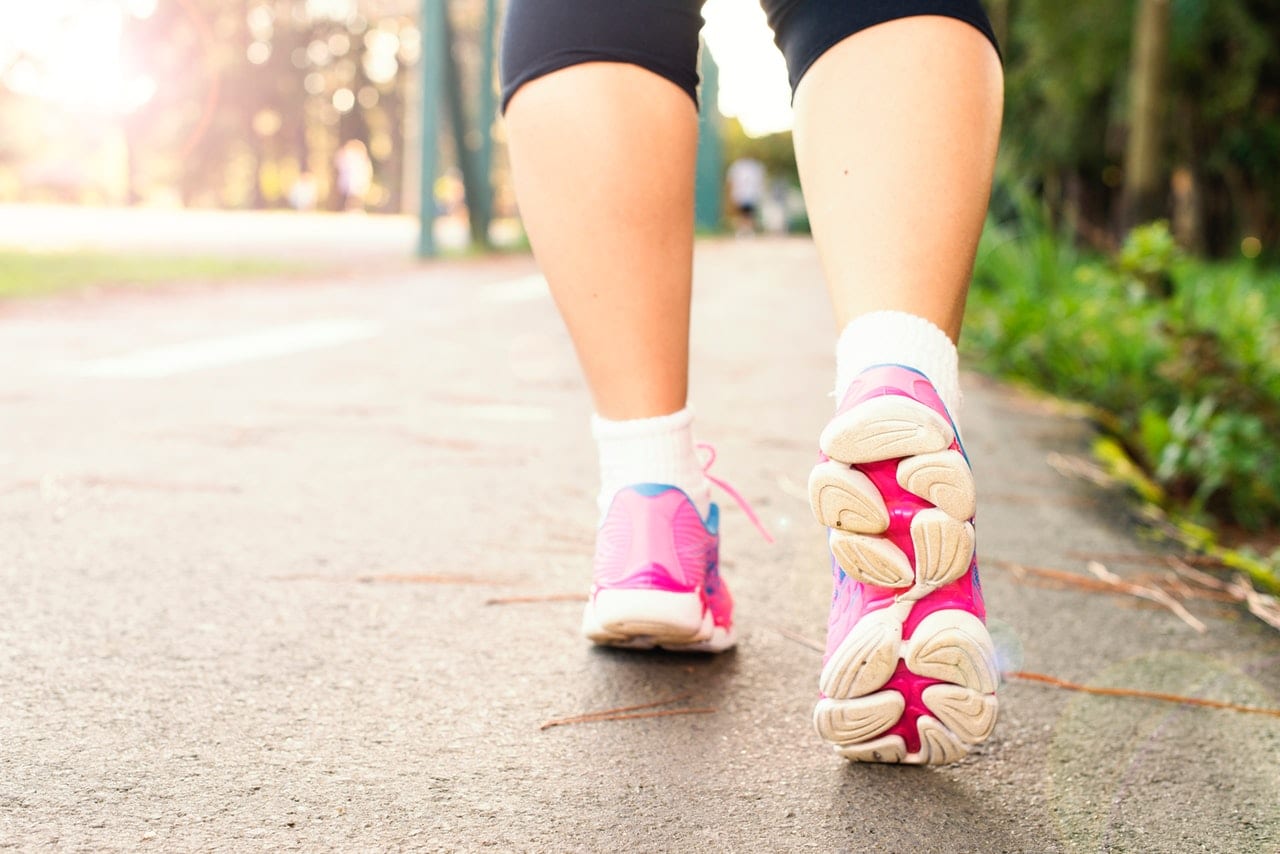~by Dylan Coombs ND~
There’s a strange word that comes out at the end of many doctor visits: “dietandexercise”. It’s usually rushed, muffled, and added as an afterthought. Why is this the case? Why don’t visits focus on such key components of health as diet and exercise? Maybe it’s because they’re so simple: most people have some idea about how they can improve their diet or increase their exercise. Maybe it’s because they’re so difficult: making changes in either area is notoriously challenging. As a result, they too often get dumped as the obligatory tail end of a treatment plan… “and of course, dietandexercise”.
Unfortunately, “diet and exercise” is often used as a euphemism for weight loss, which many patients have already written off as impossibly difficult, due to difficulty in the past. In the naturopathic treatment of diabetes, as with many conditions, we look at diet and exercise as much more than means to achieve weight loss. For patients with diabetes, exercise – regardless of weight loss –plays an important role in blood sugar control.
Type 2 diabetes (also known as adult-onset diabetes, or non-insulin dependent diabetes) is a condition where the cells in our body get less sensitive to insulin. Insulin is the hormone that tells body cells (like muscle) to absorb sugar from the blood so they can burn it as fuel. As our cells respond less to insulin, blood sugar levels rise in the blood. When sugar is too high in the blood, it damages tissues, notably blood vessels and nerves. When this damage builds up, we start to see the consequences of diabetes, with poor blood supply to different body parts, and reduced sensation starting in the hands and feet.
The goal of diabetes treatment is to allow the cells to respond again to insulin. This prevents high blood sugar, and the damage it causes. So where does exercise come in? The amazing thing is that exercise itself increases cells’ sensitivity to insulin. It’s not just a way to burn energy to avoid metabolic syndrome, but a way to prevent high blood sugar. You don’t need to be an elite athlete to get this benefit. In fact, a single bout of exercise makes your cells better at absorbing glucose for two hours (https://www.ncbi.nlm.nih.gov/pubmed/10683091). This means that getting up and moving right now will help your body lower its blood glucose level immediately.
The effect is clearer and longer-lasting when looking over a greater time period. Going for a 30-minute walk 5 days a week can improve your body’s ability to absorb glucose, dropping blood glucose levels (https://www.ncbi.nlm.nih.gov/pubmed/12610001/). The effect is increased in higher intensity exercise (https://www.ncbi.nlm.nih.gov/pubmed/23720280), so more improvement can be made once you graduate beyond an evening walk.
As a component of metabolic syndrome, diabetes is a complex condition. The good news is if you have been diagnosed with diabetes or pre-diabetes, a simple and immediate way to start in the right direction is to get up, right now, and get moving. When you are ready for a more comprehensive approach to managing diabetes or metabolic syndrome—taking into account diet, the role of herbs and supplements, and medication if blood sugar can’t be controlled—reach out to us at Silver Spruce to speak with one of our naturopaths.
